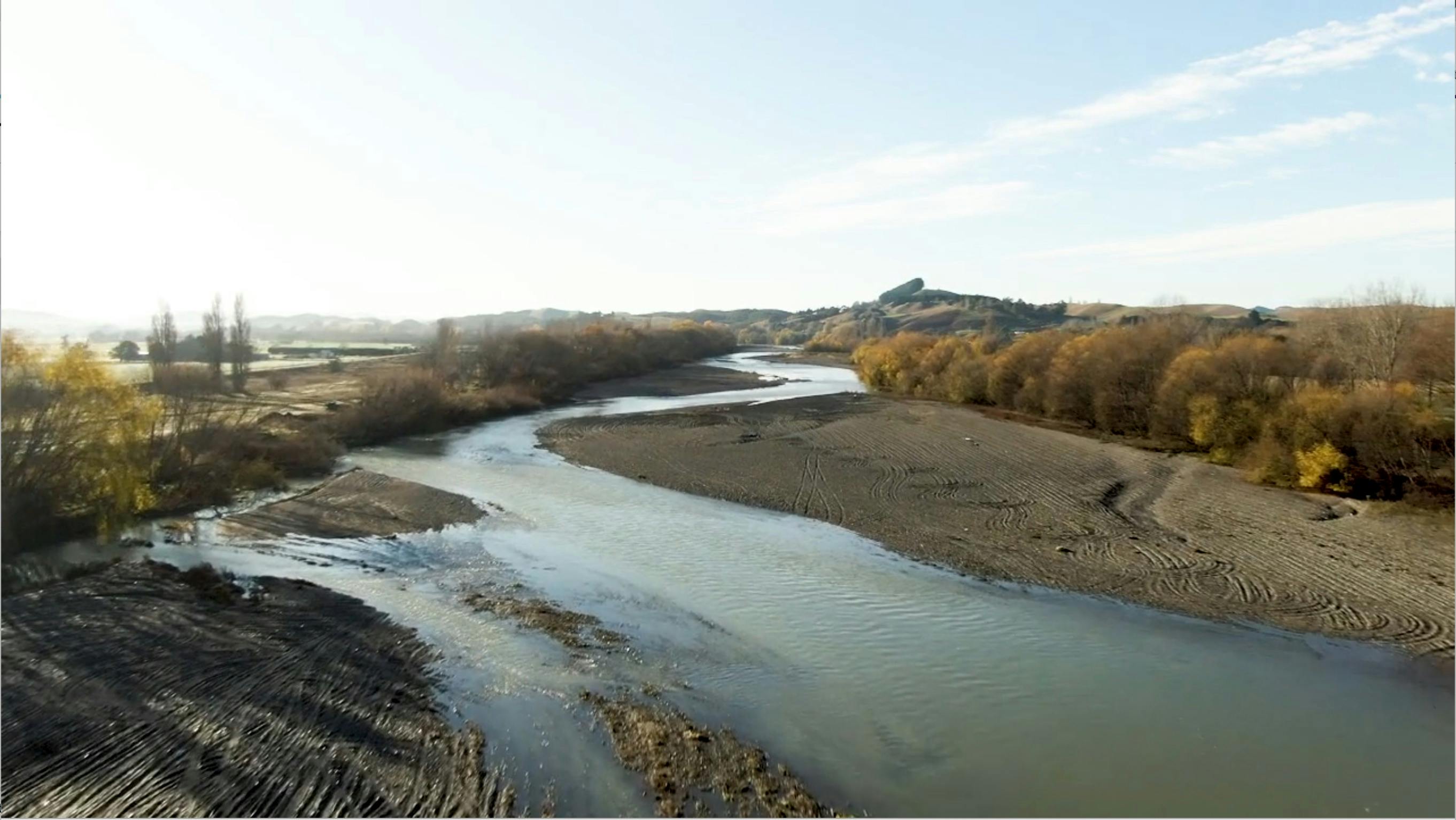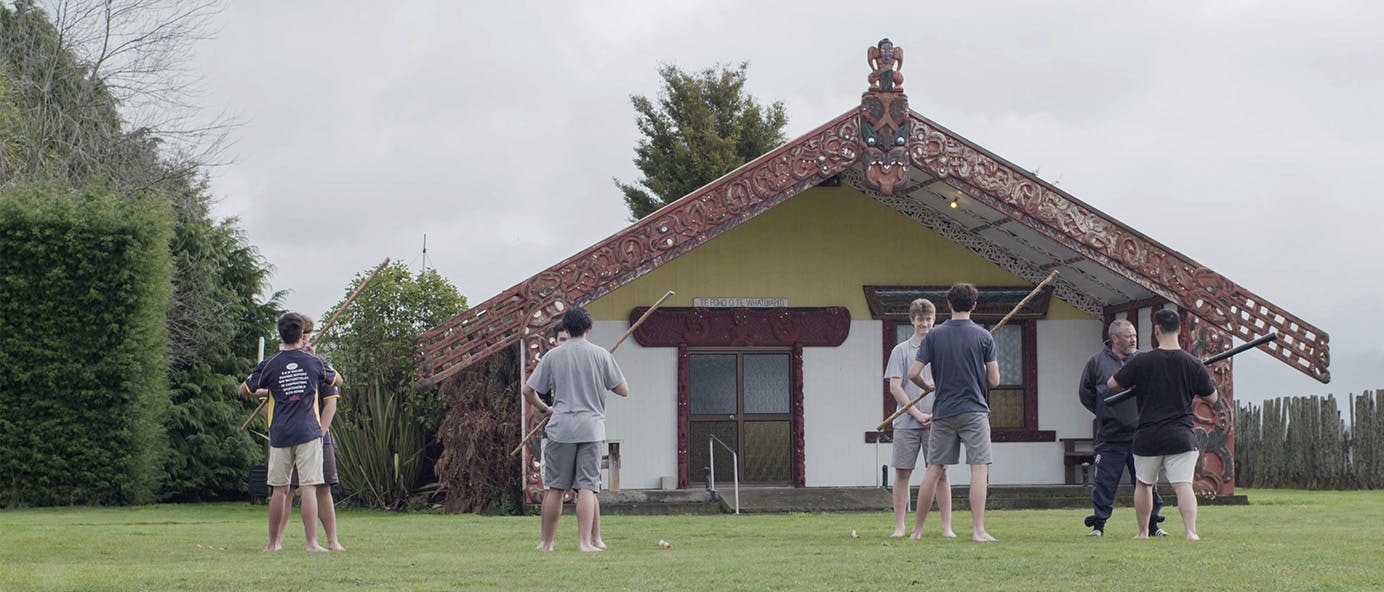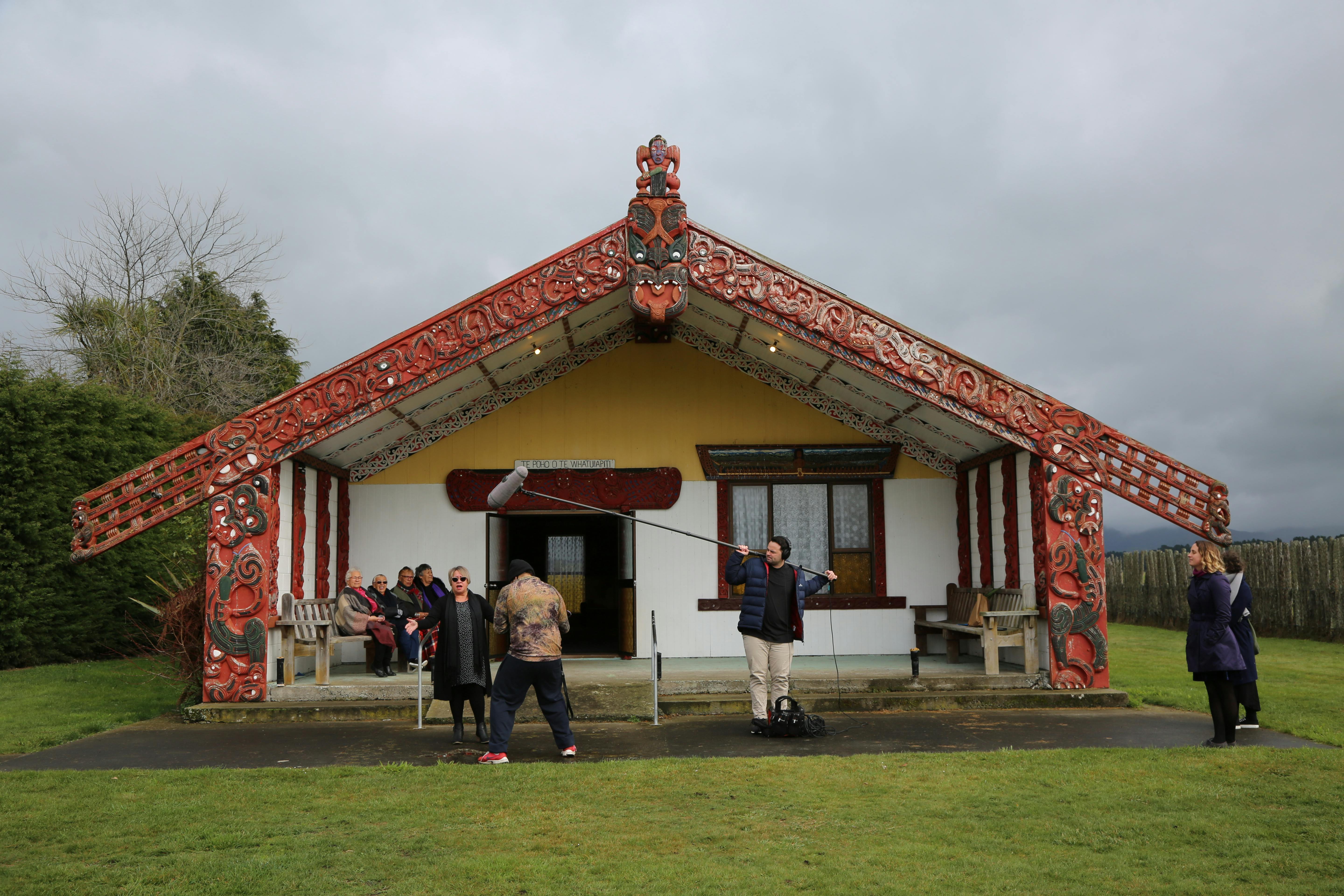Rivers
With Johnny Nepe Apatu & Joanne Heperi
Dairy farming has had negative impacts on the waterways in the Waipukurau-Takapau area. Mana whenua take an active kaitiaki (guardianship) role over the rivers and streams.
An important contemporary focus for mana whenua, the tribes with authority over this land, is restoration. They are dedicated to ecological restoration as well as recovering traditional knowledge – much of which has been lost as a result of years of colonisation.

Mana whenua are leading important projects to improve the health of the rivers and streams.
Dairy farming has had negative impacts on the waterways in the Waipukurau-Takapau area. Mana whenua take an active kaitiaki (guardianship) role over the rivers and streams.
We can’t change what’s happened, but what we can do is cut a new pathway to make sure that the past is not repeated.
As part of the Treaty of Waitangi settlement process for the Heretaunga Tamatea hapū (kin groups), the Crown agreed in 2015 to return an area of land on the western bank of Lake Whatumā to mana whenua. Recently mana whenua have embarked upon a long-term project of great significance: to ecologically restore Whatumā, and its fish, bird and plant life.
Lake Whatumā has one of the largest populations in New Zealand of matuku (Australasian bittern), an endangered species. This bird has incredible camouflage abilities – it is almost invisible amongst raupō (bulrush).

From the 1980s, exciting initiatives have helped revitalise Māori language and culture.
Locally and nationally Māori culture is experiencing a renaissance. Kura kaupapa (Māori language schools) have increased knowledge of te reo Māori (the Māori language). Kapa haka (Māori performing arts) is becoming more popular every year.
Mau rākau, the art of Māori weaponry, is thriving in this rohe (tribal area). This is thanks to Sir Pita Sharples, who established Te Whare Tū Taua o Aotearoa (The International School of Māori Weaponry) at Takapau in 1983. Today, there are many skilled local practitioners. Mau rākau has expanded out from Takapau, across Aotearoa New Zealand and Australia – there is even a branch of Te Whare Tū Taua o Aotearoa in Hawai’i.
Karanga is a ceremonial call, performed to welcome people coming onto a marae (meeting house) and keep them safe. The waiata (songs) have been passed down through generations of women.
In order to understand the traditions of the tīpuna (ancestors) one must have a close relationship with te taiao (nature). A key aim today is to reconnect youth with te taiao: the bush and traditional food sources.
The hapū of this area have retained the rights to this land through the practice of ahi kā. Ahi kā can be translated as ‘the long-burning fires of occupation’. It refers to people who have kept the home fires burning through many generations.

This project, Ngā Ara Tipuna, is a 21st-century history. It presents traditional stories as mana whenua know them, from many oral, written and archival sources. Multiple platforms are used to make this knowledge available to the current generation: film, writing, digital media, carving, illustration and sculptural features.
The processes of creating artworks and sharing stories for Ngā Ara Tipuna has brought forth many new connections and discoveries.
Wāhine (women) of Rākautātahi marae, near Takapau, sing a locally-composed waiata (song).